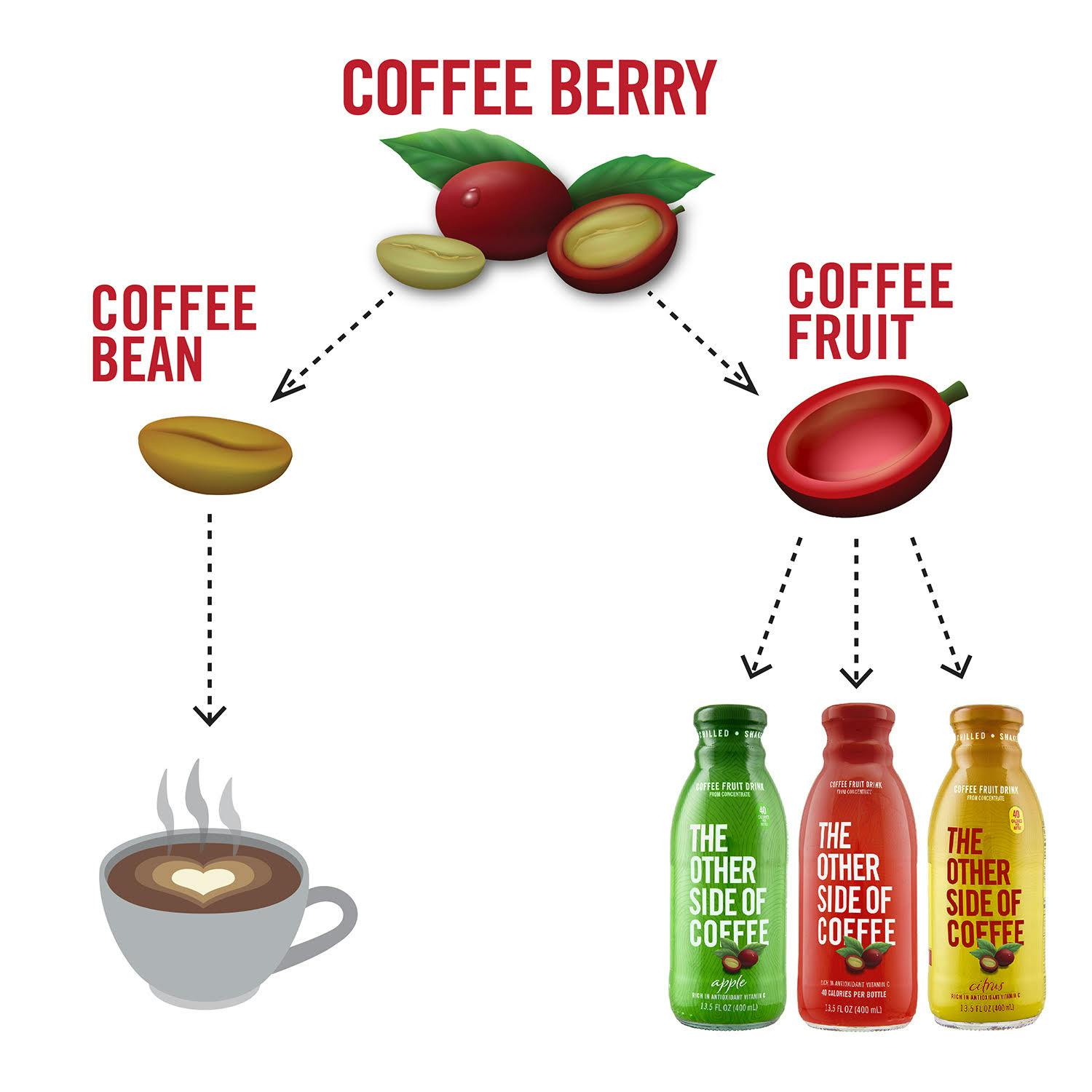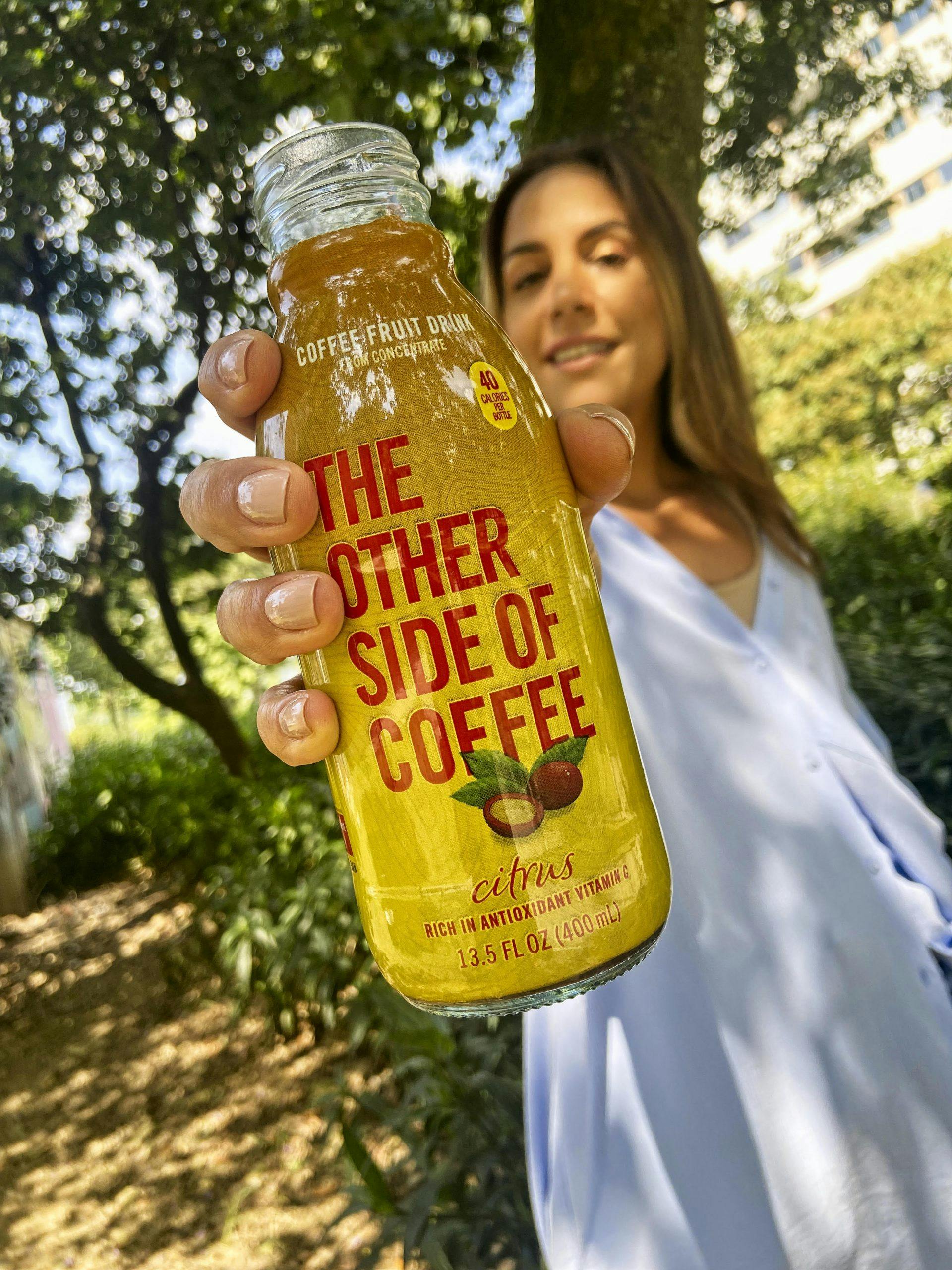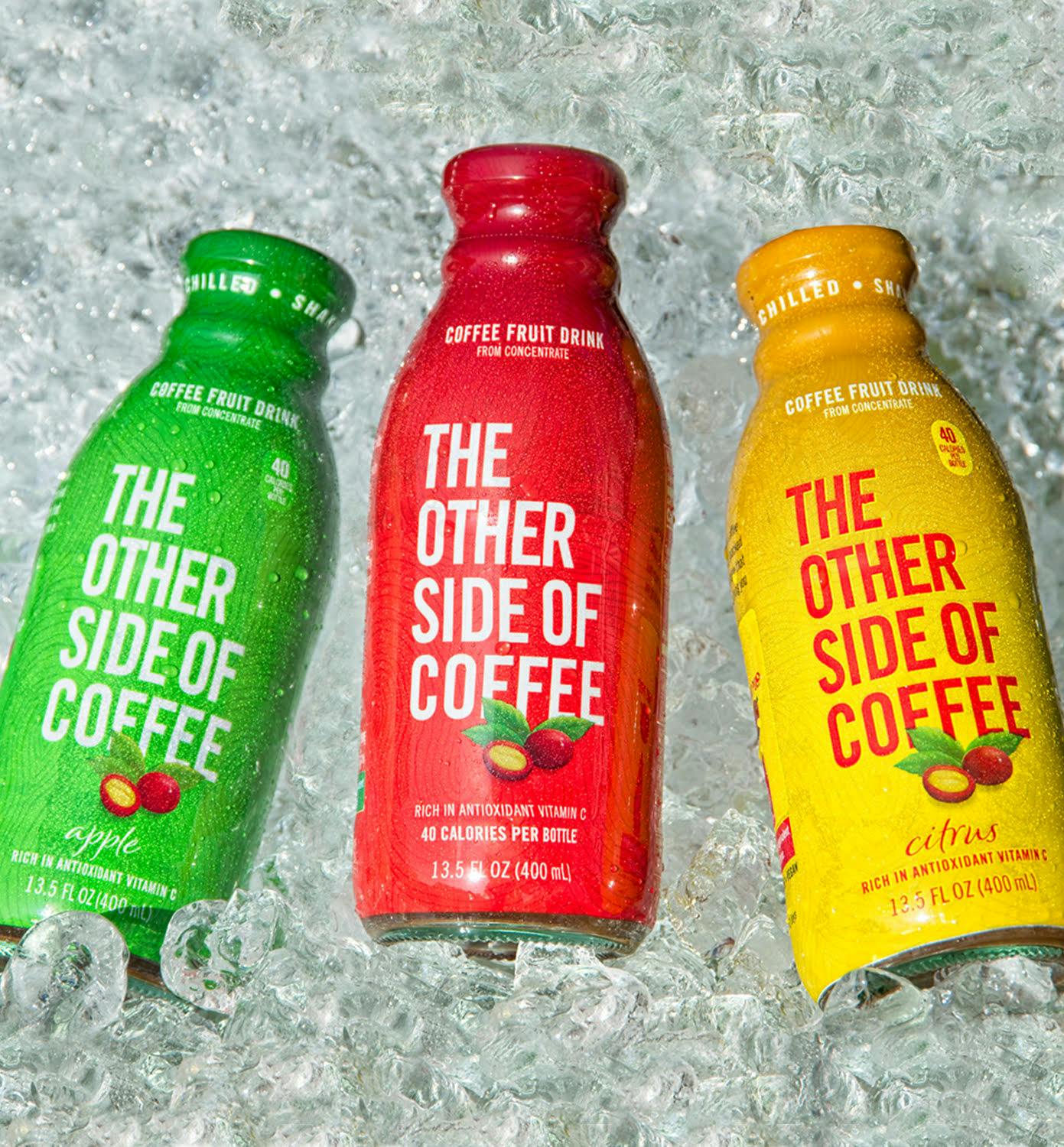Our grandmothers did it really well: Taking leftover foods and turning them into something else. Scraps of vegetables and animal bones made stock; leftover bread turned into bread pudding; croutons became breadcrumbs.
What’s old is new again and companies are following grandma’s lead. And now it’s got a new fancy name: Upcycling. Upcycling means taking food that would otherwise be wasted and turning it into something new. It also means, hopefully, that the 1.3 billion tons of food that is wasted every year, according to the Food & Agriculture Association, will be reduced.
America’s upcycled industry was estimated at $46.7 billion in 2019, according to the Financial Times and by this year, more than 160 products from 37 companies are Upcycled Certified by the Upcycled Food Association (UFA), Greenwood Village, Colo.
Upcycling is gaining traction, especially with the environmentally minded, but even big companies are getting in on the action. Anheuser Busch is building two facilities, in the U.S. and Belgium, to process barley, which would otherwise be discarded or fed to cattle, to sell to companies like Nestle.
The greatest solution
Upcycling means doing more with less and protecting the planet at the same time. According to Project Drawdown, a reduction in food waste is the single greatest solution to climate change.
“Upcycling is absolutely on the rise,” says Maeve Webster, president of foodservice consultancy Menu Matters, Arlington, Vt. “It fits very well with the increased focus on environmental issues and consumer interest in solutions that help address this in a mindful and effective way.”
New certification
To help highlight upcycled foods, the UFA was created in 2019. In 2021, this group created a certification and logo for packaging.
We can expect to see many more upcycled products, says the UFA. There are currently 90 companies in the pipeline to become upcycled certified and some 400 upcycled products in the market.
“With more consumers seeking solutions to combat food waste, upcycled products and the upcycled claim are creating a positive spin on previous terms such as misfit, by-product and food waste,” points out Melissa Abbott, vice president, Hartman Retainer Services, The Hartman Group, Bellevue, Wash.
Brands incorporating upcycled ingredients are gaining attention, she adds, “by creating value-added products that connect with various food and beverage trends, indicating how sustainability and wellness trends share attributes and cues sought by the modern consumer.”
2.25 billion coffee fruit
In the spring of 2021, The Other Side Of Coffee entered the retail space.
The three drinks from this Seal Beach, Calif.-based company are made with coffee fruit, which surrounds coffee beans, and is otherwise waste that can harm ecosystems and release alarming amounts of methane and CO2.
“Coffee should be the poster child for upcycling because of the sheer quantity of waste with 2.25 billion cups of coffee consumed every day globally,” says Adela Romero, CEO and founder.
Putting “goofy” to use

Happy Moose, San Francisco, produces juices and juice shots, and sources oddly shaped, imperfect, and perfectly ripe produce from farms. “Historically, this type of produce would become compost waste, creating tons of methane and carbon emissions,” says co-founder Ryan Armistead. “We don’t care if [produce] is a goofy shape.”
Each bottle of juice rescues one pound of produce, saves 17 gallons of water and eliminates 3.5 lbs. of greenhouse gasses like methane and CO2.
His products are appealing largely to women aged 21 to 44. “They have a preference toward brands that address environmental and social issues,” Armistead points out. “Our target demographic has a holistic approach to food.”

Upcycling for Britain
In the U.K., there are also companies upcycling waste into viable products. ToastAle makes beer from leftover bread; Rubies in the Rubble makes condiments from misfit produce; Dash sparkling water is infused with wonky fruit and vegetables.
The Other Side of Coffee started off in Grocery Outlet, which Romero discovered through RangeMe, because the chain has a strong sampling program, which is key. However, consumers are also buying the drinks because they’re upcycled, Romero says.
Connecting through the story
For upcycling companies, the story they tell “can create a more emotional connection,” Webster points out, “and can support the company’s mission/brand strategy if focusing on environmental concerns are part of both or either.”
And it’s important to tell this story, she points out. “When communicated effectively, this can be a great competitive position, particularly because upcycling is so new and there aren’t a lot of competitors in the space … yet.”
Abbott agrees. “With younger generations seeing upcycled as a positive, making claims on pack and conveying as a premium value-add communicates that the brand’s ethos extends beyond taste.”




